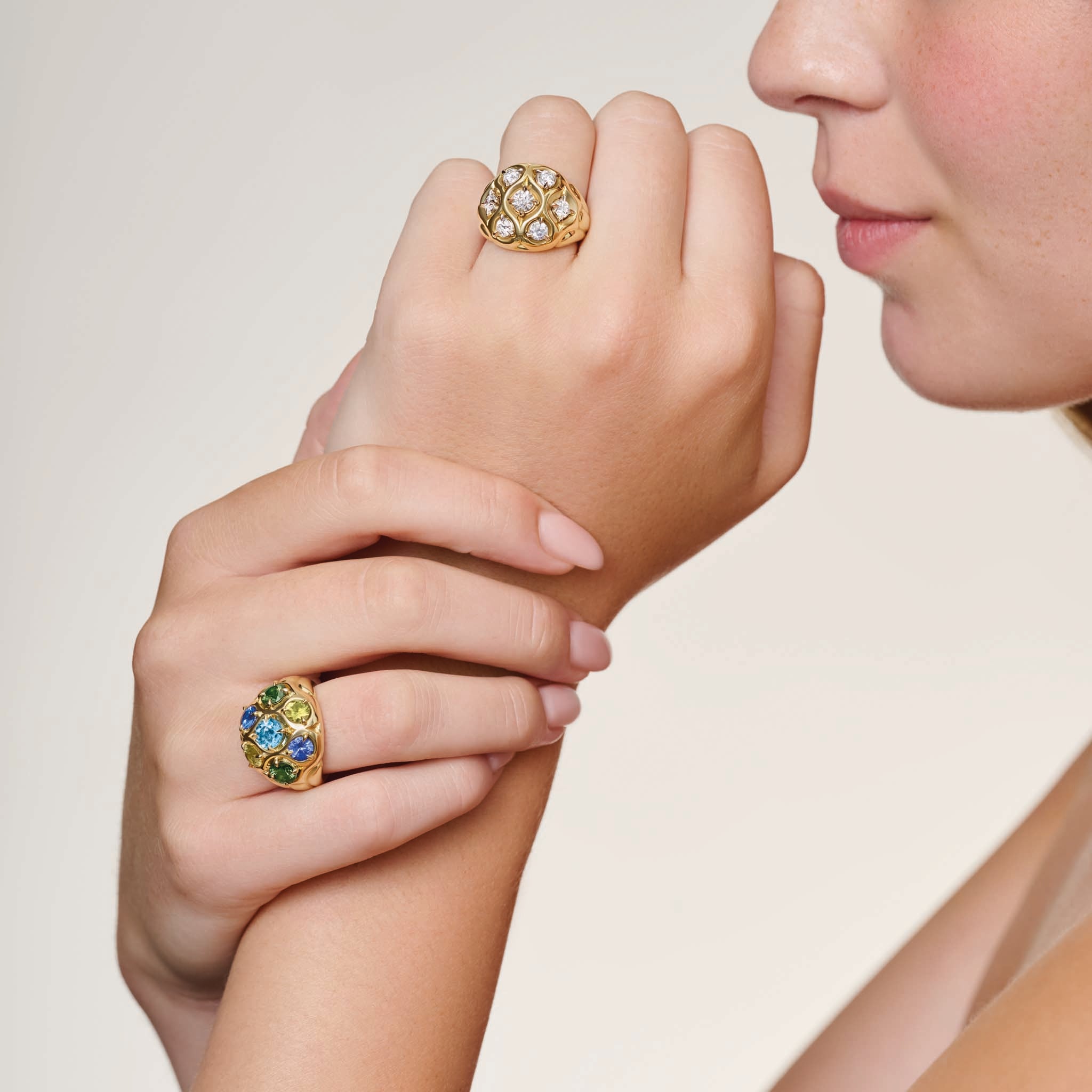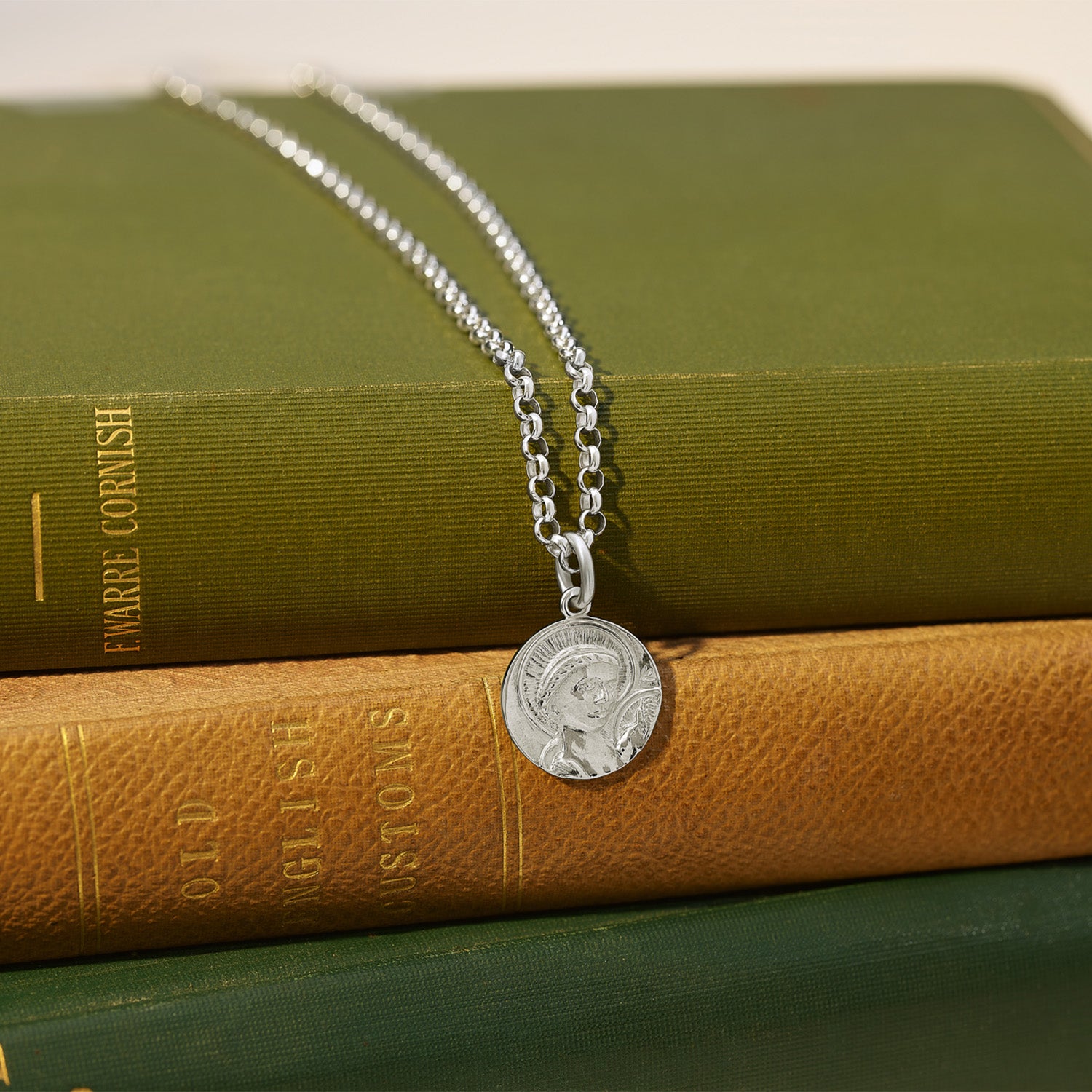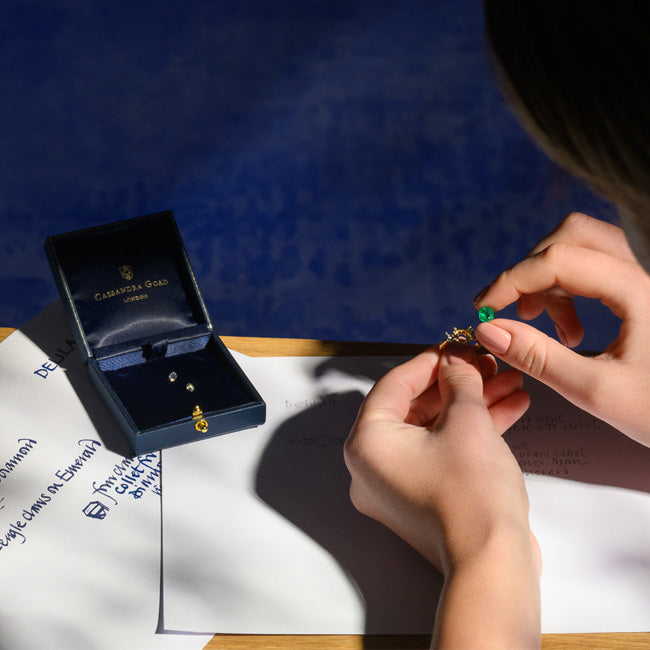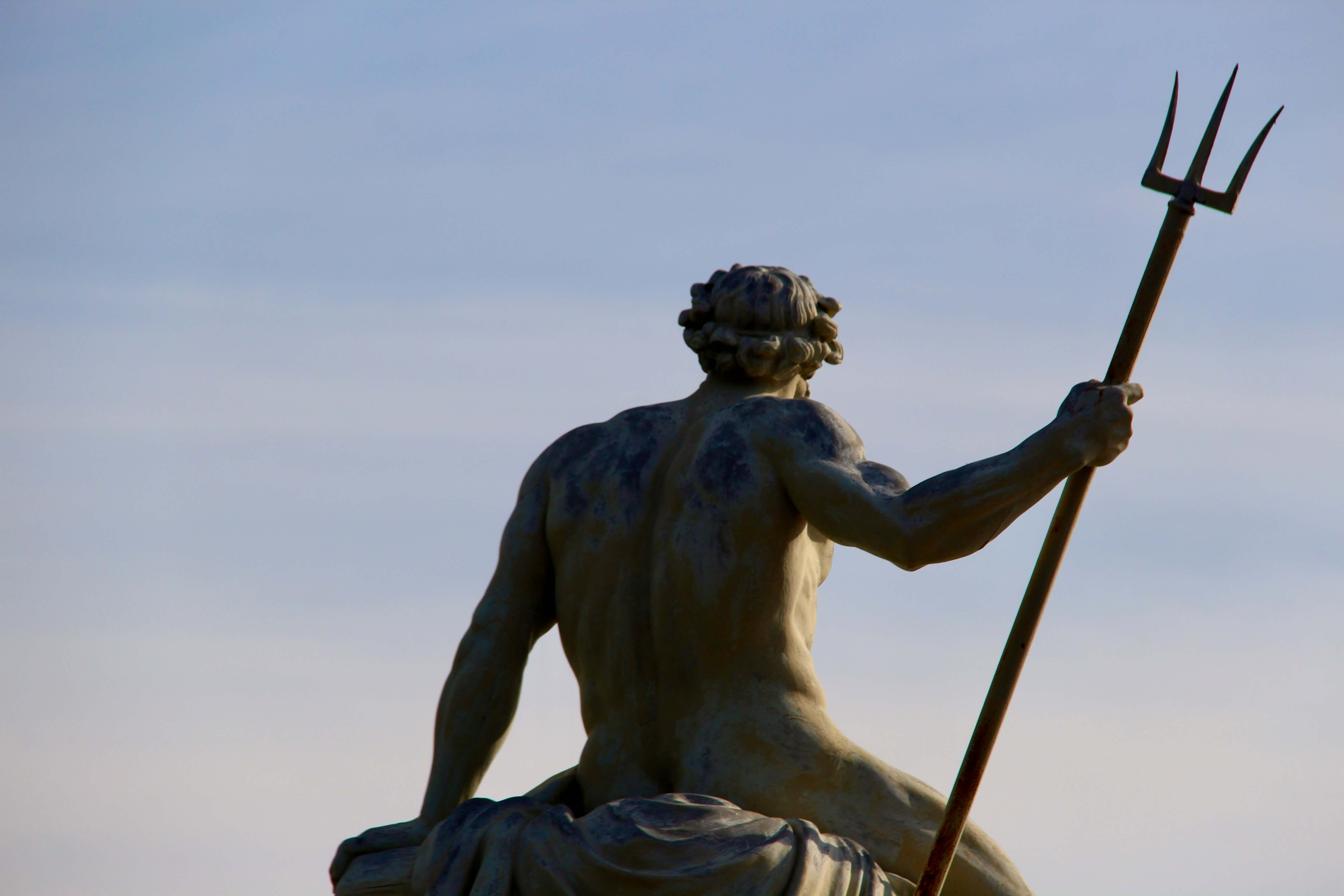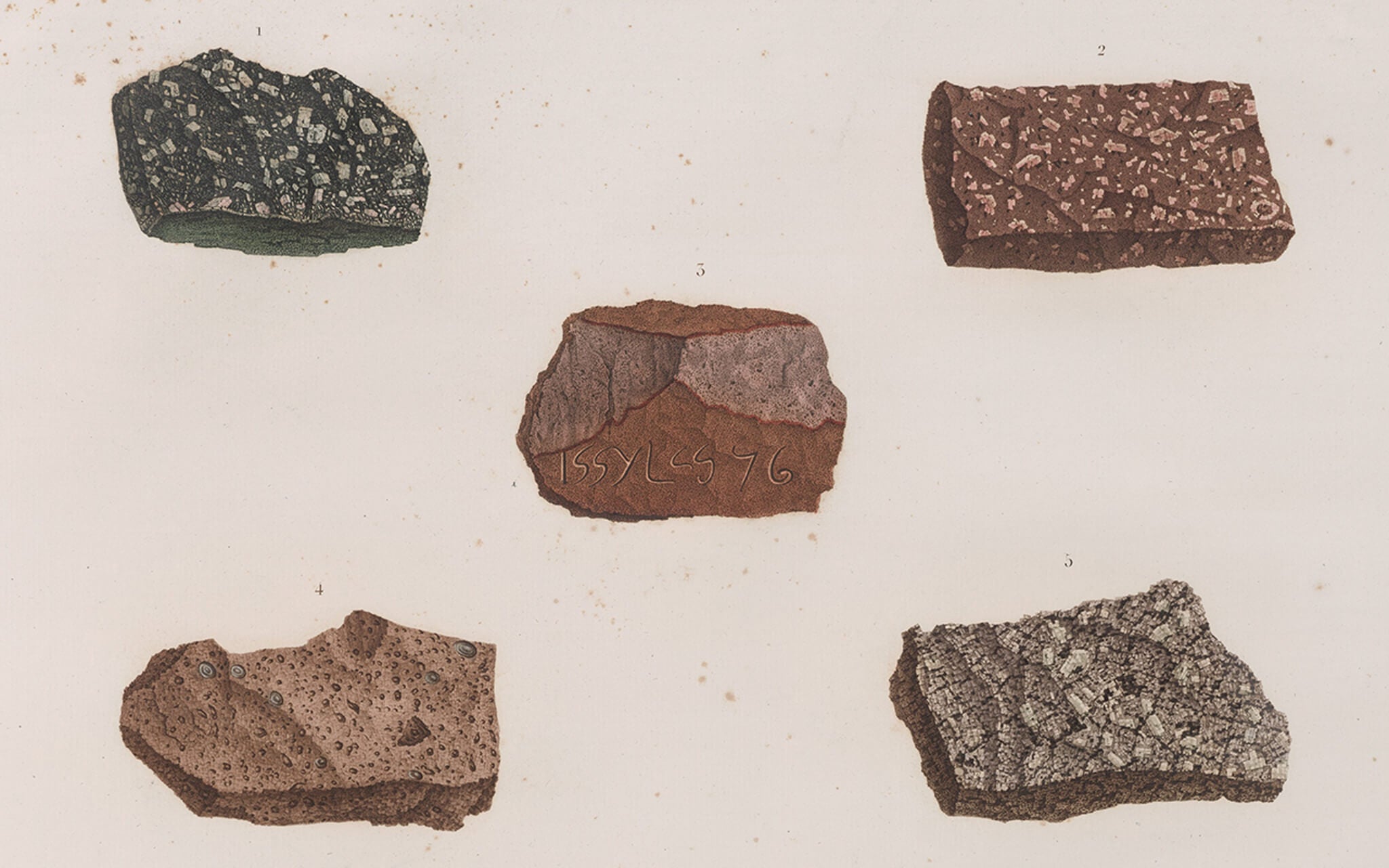
The Power of Purple: The Stone of Emperors
Named from the Ancient Greek porphyra, meaning 'purple,' porphyry refers to a family of volcanic rocks defined by a dramatic contrast in texture. But in its most iconic form - a rich purple-red - it became one of the most prized materials of the ancient world. Harder than marble and notoriously difficult to carve, porphyry demanded years of work. That very resistance made it valuable. It came to stand for permanence, authority, and the weight of power itself.
In the Roman Empire, porphyry became the preferred backdrop for imperial ambition. It lined basilicas, wrapped around altars, encased emperors after death. This was not decorative stone. This was declarative of permeance of power.
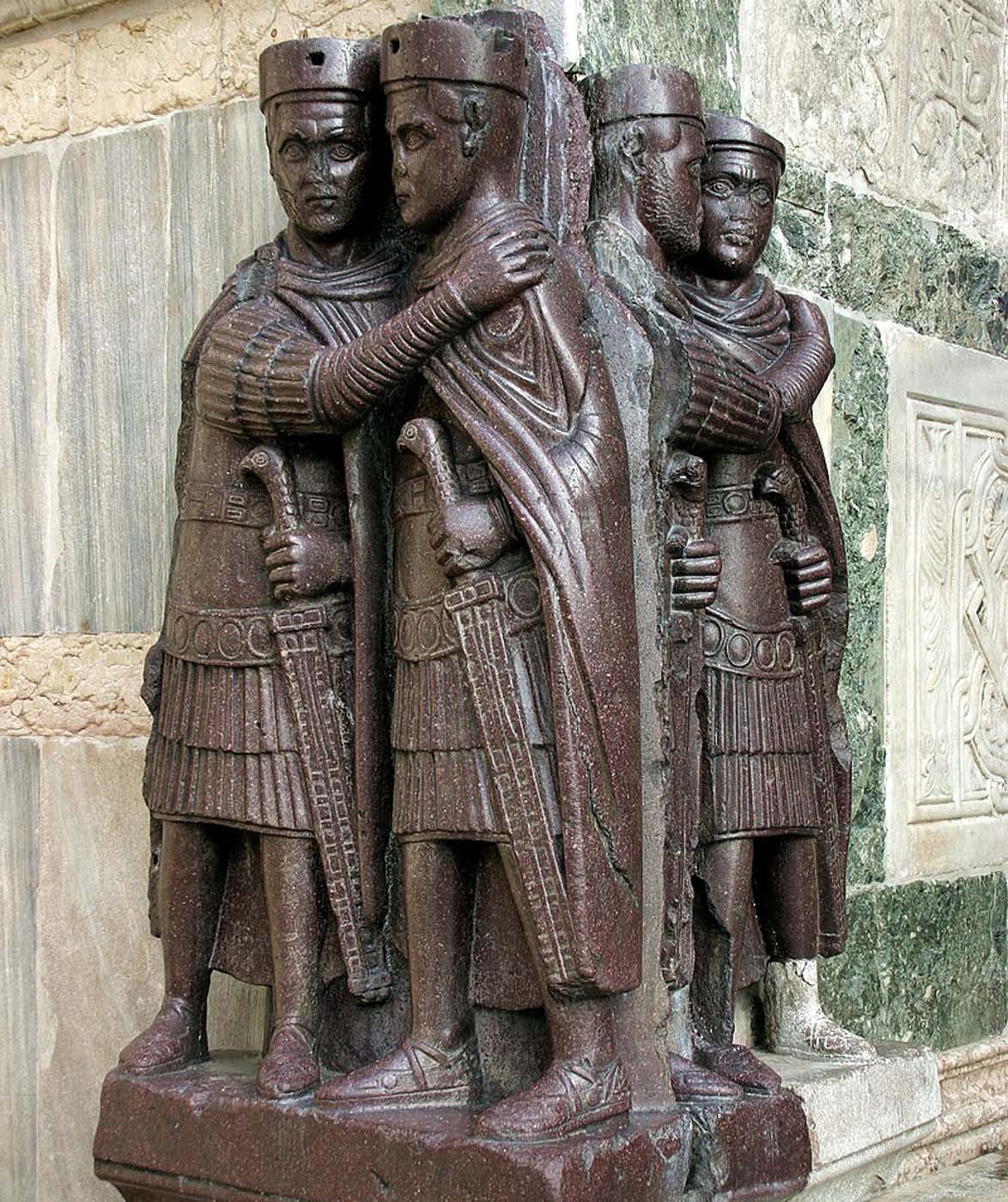
Two varieties stood out in antiquity:
Red porphyry, quarried in Egypt’s Eastern Desert at a site once known as Mons Porphyrites, was widely used across the Roman Empire. It appeared in palaces, basilicas, and imperial sarcophagi - a stone quite literally fit for emperors. It’s red colour is due to manganese from the piemontite crystals within it.
Green porphyry, found in ancient Sparta, had a cooler tone and was available only in smaller blocks. It was used as early as the Minoan period but gained prominence in Roman decorative work, especially under the Flavians. Where red porphyry proclaimed, green porphyry refined.
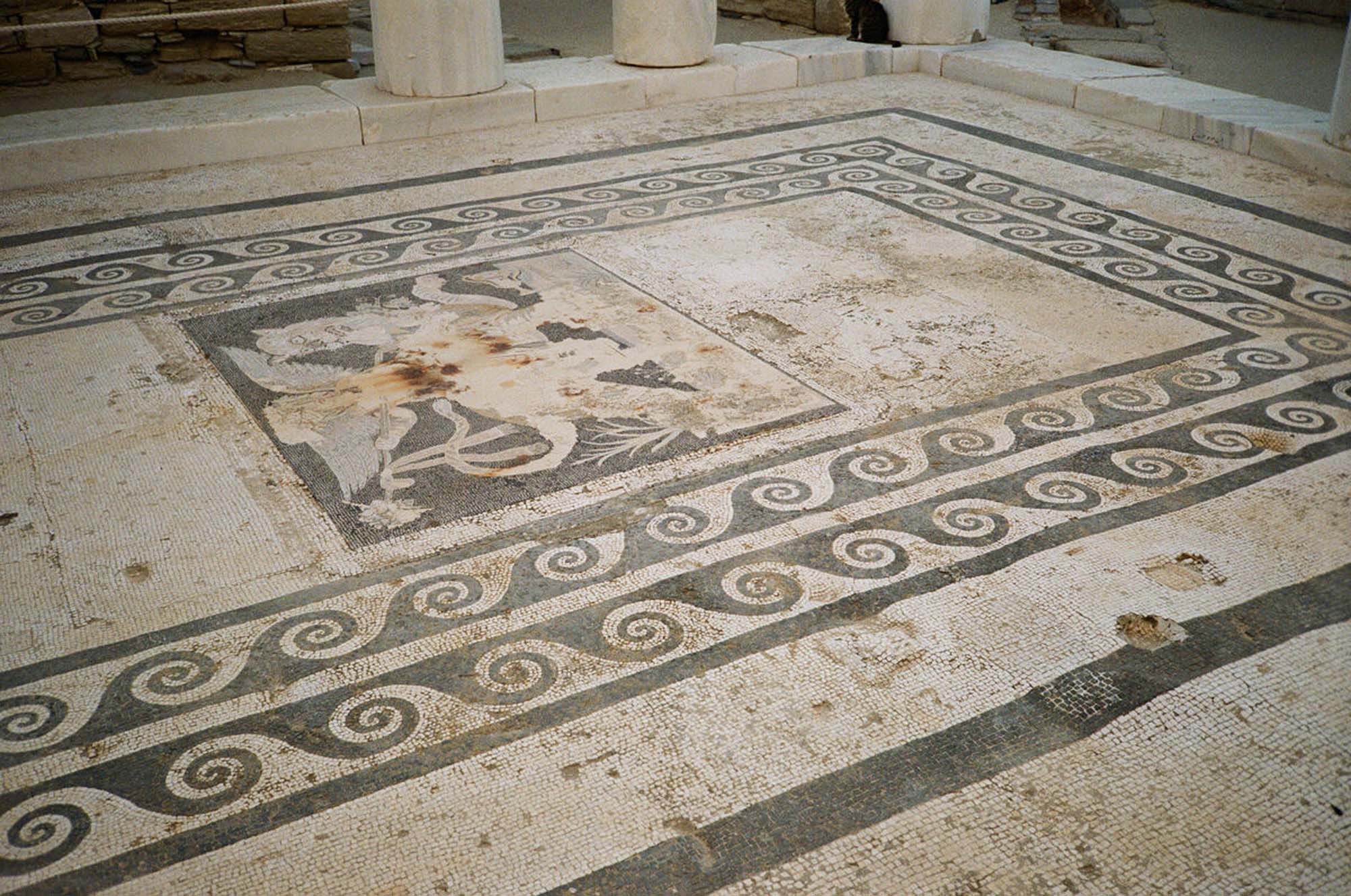
Over time, the specialised skill required to work porphyry was lost. By the Middle Ages, the stone was no longer quarried, and existing Roman porphyry was recycled into later buildings, particularly during the 18th century. New sources were later discovered in places like Russia and Sweden - but none quite carried the symbolic weight of the original.
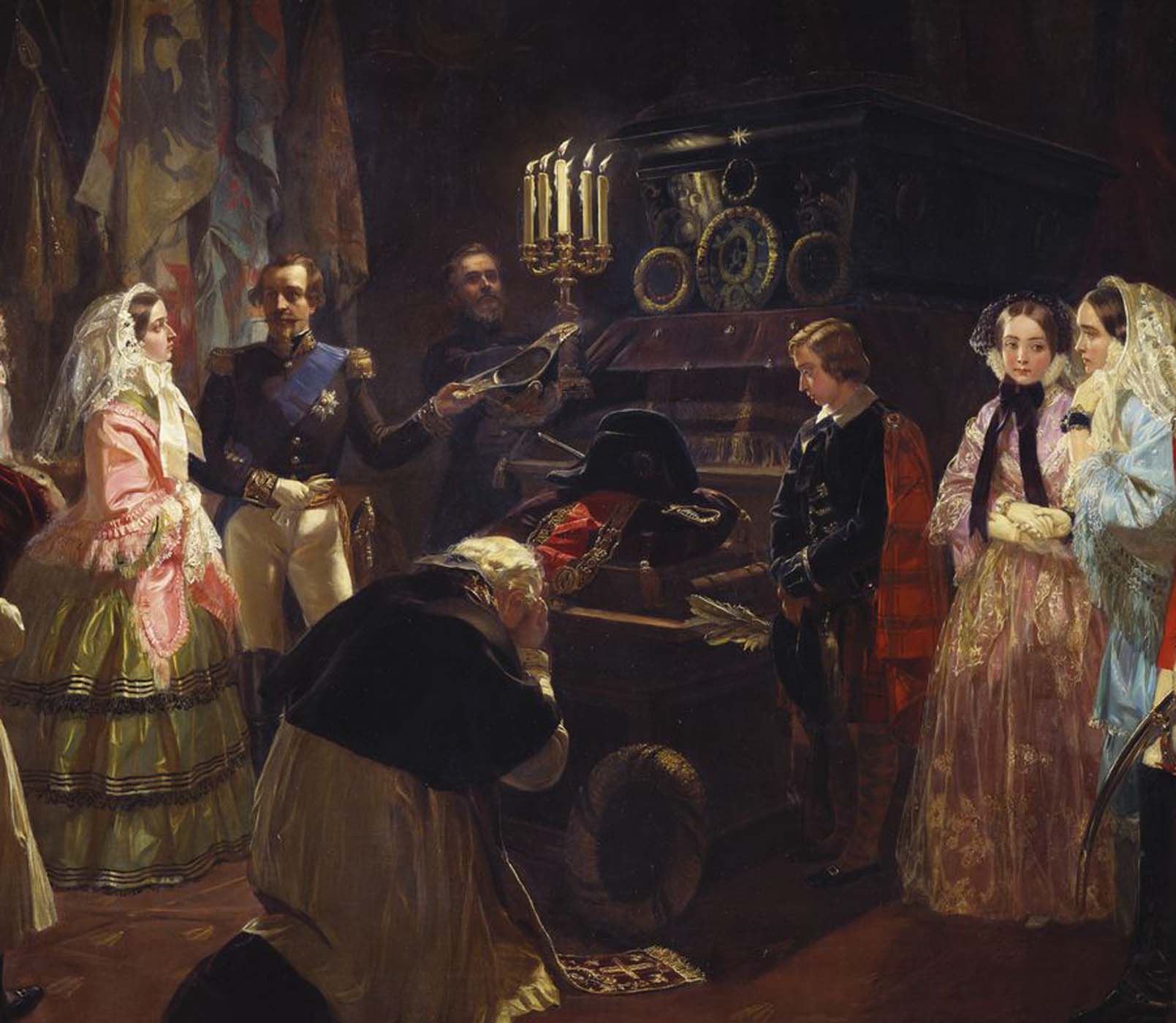
One curious legacy remains in Paris. Napoleon’s tomb at Les Invalides is often believed to be made of porphyry. It’s not. The emperor rests inside a series of coffins, none of which include the famed stone. But the association persists. Some materials leave such a strong impression that even legend refuses to correct the record.
As a gemmologist, Cassandra often finds herself drawn to stones that tell stories - and porphyry tells a grand one.
Blog posts
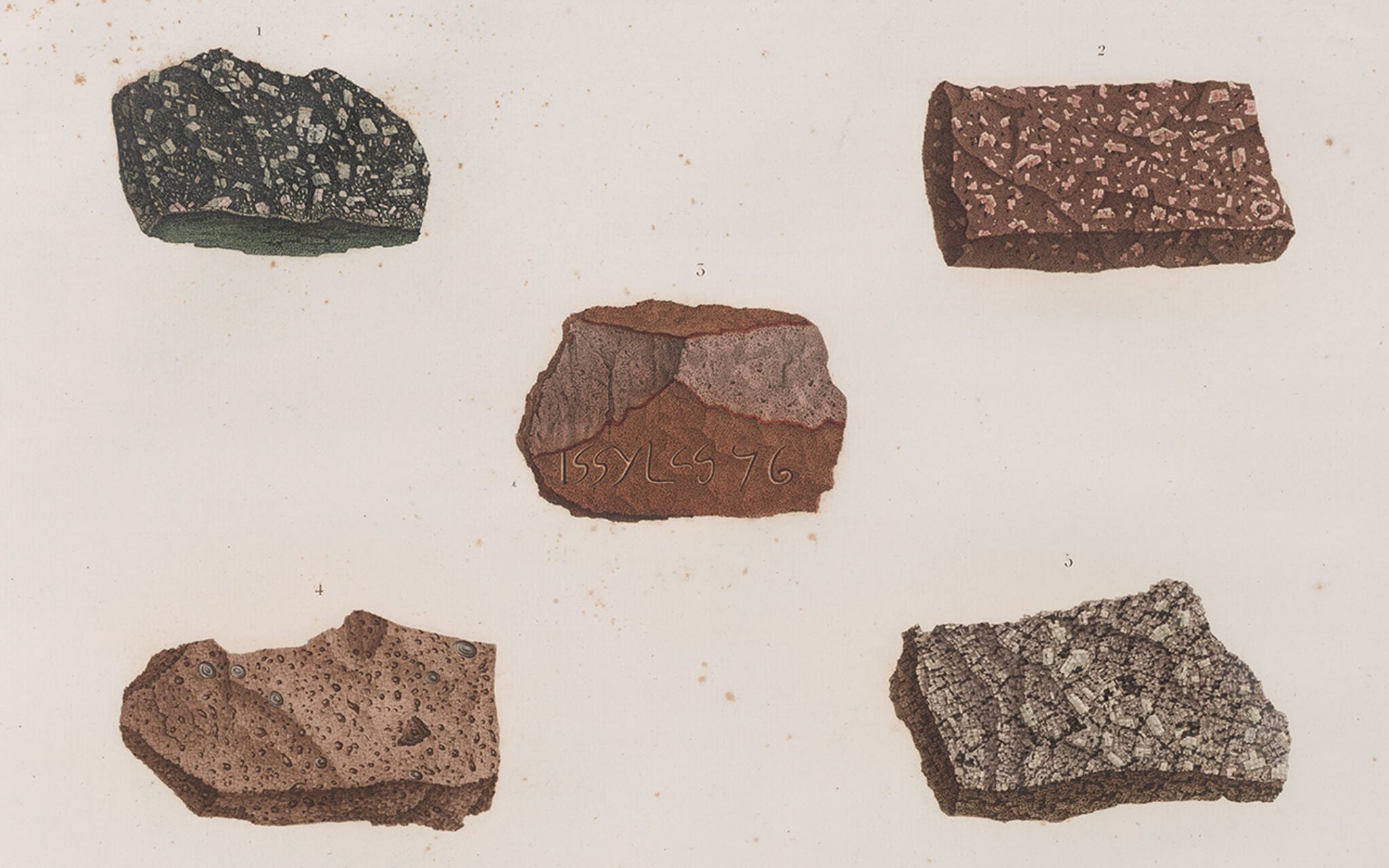
The Power of Purple: The Stone of Emperors
Named from the Greek porphyra (purple), porphyry is a volcanic rock famed for its rich purple-red hue - once one of the most prized stones of the ancient world.
Read more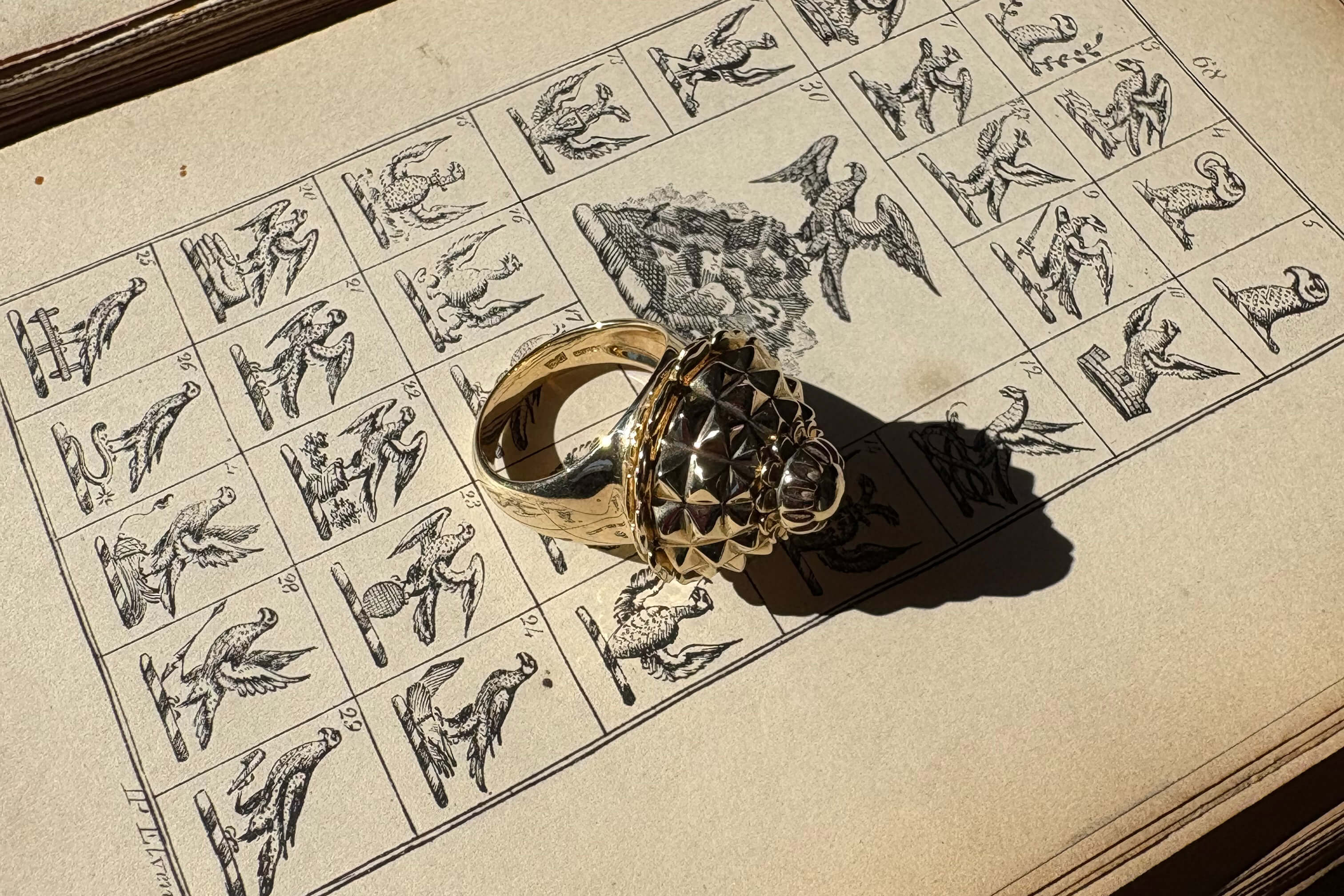
The Stories Behind Cassandra's Quirker Designs
For over forty years, Cassandra has been celebrated for her quirky style and witty, imaginative jewellery. Discover some of her most iconic designs by returning to where it all began.
Read more